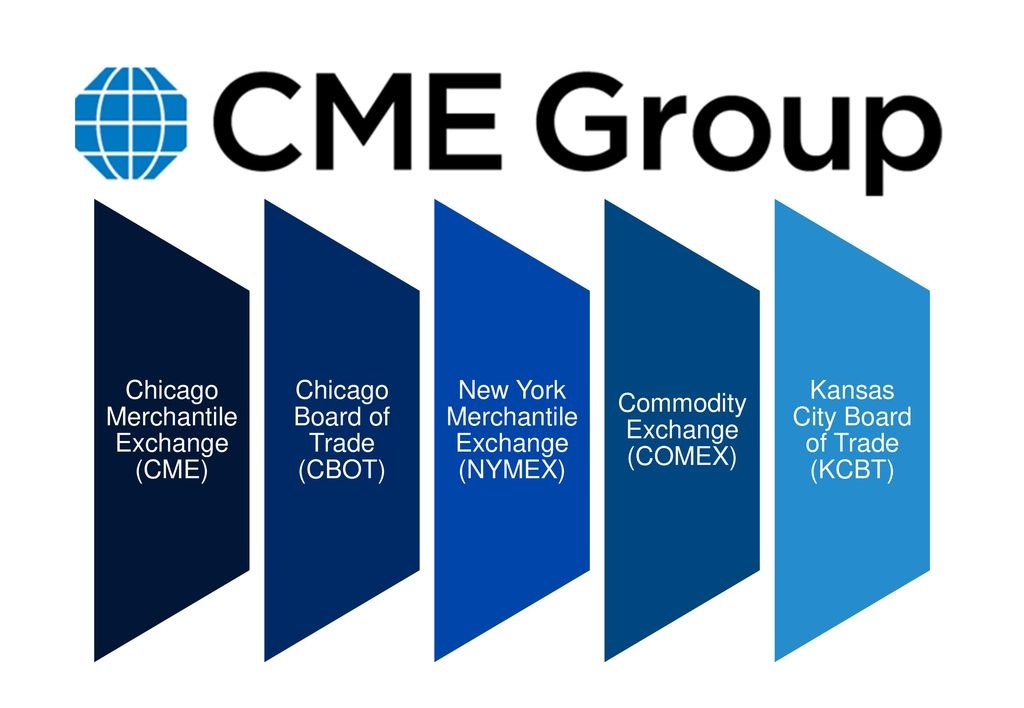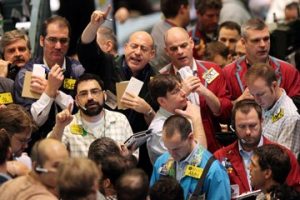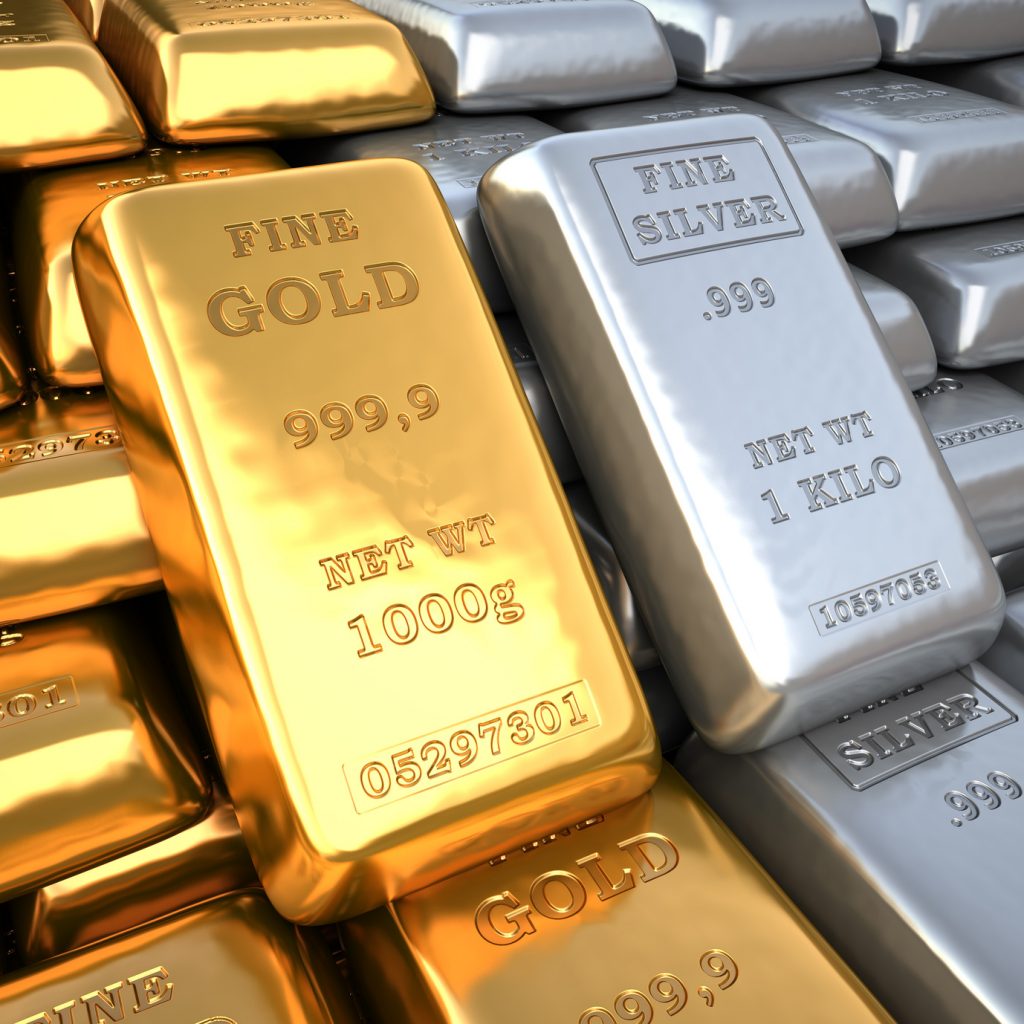
What Is COMEX?
COMEX is the primary futures and options market for trading metals such as gold, silver, copper, and aluminum.
COMEX is an abbreviation of the exchange’s full name: The Commodity Exchange Inc.
COMEX merged with the New York Mercantile Exchange (NYMEX) in 1994 and became the platform responsible for its metals trading In 2008.
The CME Group purchased the NYMEX, including its COMEX division.
Key Takeaways
COMEX is the world’s largest futures and options trading for metals.
It is a division of the Chicago Mercantile Exchange (CME) Group.
Metals futures are mostly used for hedging and are not typically delivered.
The COMEX does not supply metals but instead acts as an intermediary.


Understanding COMEX
Commodity Exchange Inc. (COMEX), the main exchange for silver and gold futures, was first founded in 1933 through the merger of four smaller exchanges based in New York—the National Metal Exchange, the Rubber Exchange of New York, the National Raw Silk Exchange, and the New York Hide Exchange. The merger between Commodity Exchange Inc. and the New York Mercantile Exchange (NYMEX) created the world’s largest physical futures trading exchange, where it is still known as COMEX.
COMEX physically operates out of the World Financial Center in Manhattan and is a division of the Chicago Mercantile Exchange (CME). According to CME Group, there are over 400,000 futures and options contracts executed on COMEX daily, making it the most liquid metals exchange in the world.
The prices and daily activities of global traders on the exchange impact the precious metals markets around the world.
COMEX serves as the primary clearinghouse for gold, silver, and copper futures, all of which are traded in standardized contract sizes, as well as a mini and/or micro version. Other futures contracts traded on the COMEX include aluminum, palladium, platinum, and steel.
Because the futures market is mostly a hedging vehicle for mitigating price risk, the majority of futures contracts are never delivered. Most trades are made simply on the promise of that metal and on the knowledge that it exists. This is not to say that a trader or hedger cannot take delivery of physical metals through the COMEX, but less than 1% of the trades actually go to delivery.
For traders looking to take actual (physical) delivery on a futures contract, deliveries are available beginning on the first notice day and extend to the final day of the contract period. To take delivery, the futures contract holder must first alert the clearinghouse of their intentions and must inform the COMEX that they intend to take possession of the physical commodity in the trading account. Someone who wants to take delivery on gold, for example, will establish a long (buy) futures position and wait until a short (seller) tenders a notice to delivery.
The COMEX is the world’s leading venue for trading in options and futures on gold and silver.

Special Considerations
It is important to note that the COMEX itself does not supply precious metals. These are made available by the seller as part of the contract rules. A short seller that does not have the metals to deliver must liquidate their position by the last trading day. A short that goes to delivery must have the metal, such as gold, in an approved depository. This is represented by the holding of COMEX-approved electronic depository warrants or warehouse receipts, which are required to make or take delivery.
An investor who requests to take delivery will be given COMEX acceptable or deliverable bars, which are precious metal bars produced by COMEX-approved refiners and created to strict standards set by COMEX. For metals to be considered as COMEX deliverable or good delivery, they must meet certain standards that dictate the minimum purity of the bar, as well as its weight and size.
Delivery occurs by the transfer of ownership of the metal warrant two business days after the seller provides the notice of intent. The transfer takes place at the settlement price set by the exchange on the day the seller provides the notice of intent. The exchange does not determine or set the price for precious metals. These are set by buyers and sellers paying heed to the level of demand and supply in the market.
What Is the Most Active Issue on the COMEX?
Products related to gold and then silver are the most actively traded on the COMEX.
How Much Gold Is Traded on the COMEX?
According to the COMEX, contracts covering around 41,799,646 ounces of gold (1,306 tons) are traded per day on its exchange.
Aside From COMEX, Where Else Is Gold Traded?
The majority of gold trading in the world takes place on the COMEX, along with the London OCT and Shanghai Futures & Gold Exchanges. Other important markets include Dubai, India, Japan, Singapore, and Hong Kong; however, these are far smaller.